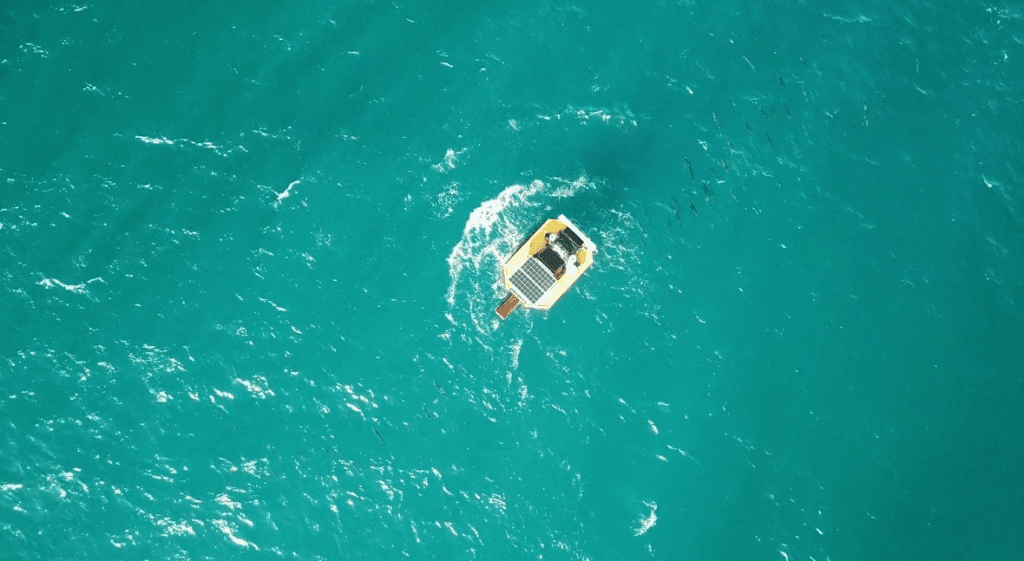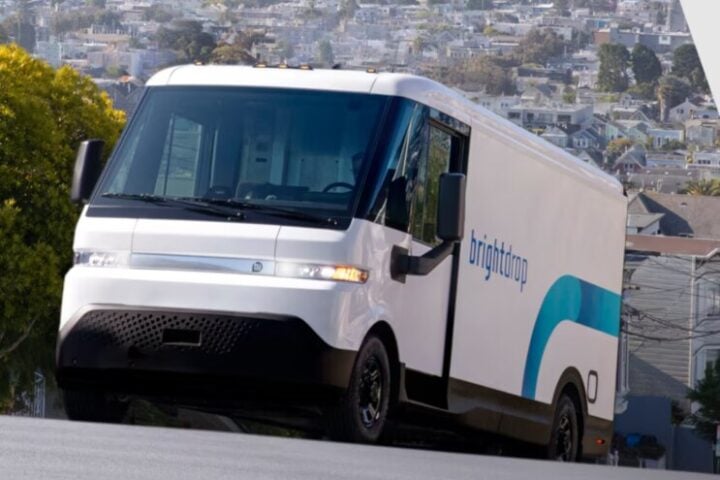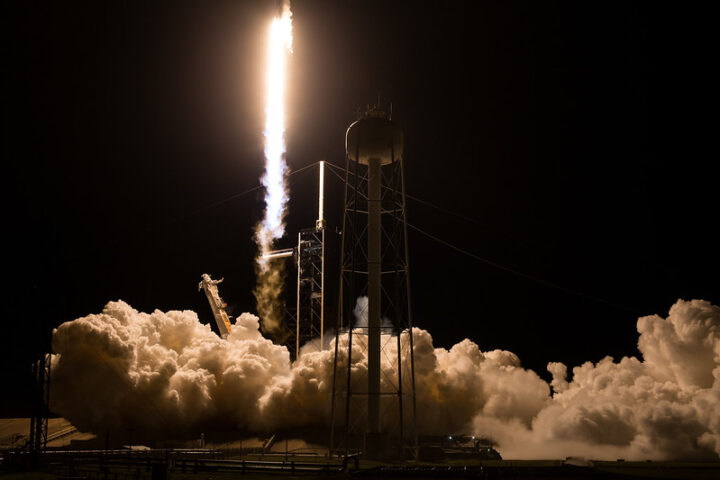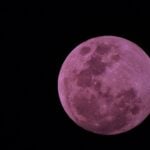As humanity becomes ever more engrossed with the cosmos, the prospect of transforming the moon into an economic and exploratory hub is swiftly shifting from science fiction to reality. The recent Space Resources Roundtable illuminated this global interest, propelling lunar activities into the spotlight.
In-Situ Resource Utilization: The Key to Lunar Prosperity
At the heart of lunar prosperity lies in-situ resource utilization (ISRU), a technique aiming to extract oxygen, water, and other resources from the moon. The utilization of these lunar assets is critical for producing rocket fuel and sustaining life-support systems. The ambitious endeavor also extends to mining moon metals for the creation of lunar infrastructure – housing, landing pads, and more.
From Theory to Reality: The Push for Lunar Missions
The push towards moon exploitation is gaining momentum, thanks to international competition and mounting pressure. Angel Abbud-Madrid, director of the Colorado School of Mines Center for Space Resources, emphasizes the influential role of the private sector. Particularly, he highlights the potential of NASA’s Commercial Lunar Payload Services (CLPS) program, set to deliver essential scientific and technological tools to the moon.
Mastering the Lunar Terrain: Challenges and Opportunities
Future lunar missions will have to contend with the lunar regolith, a dusty, rocky top layer on the moon. Here, testing equipment and technology will face unique challenges, including electrostatic charges, radiation, dust, and a thin vacuum. Abbud-Madrid asserts that gaining first-hand experience on the lunar surface will be invaluable for lunar operations.
Similar Post
Envisioning Future Priorities: NASA’s Approach to ISRU
NASA is diligently crafting a long-term vision for ISRU, identifying gaps in knowledge and required technologies. Gerald Sanders, NASA’s lead for In-Space Resource Utilization, outlined “Envisioned Future Priorities” for ISRU. The lunar south pole, he explained, will be the initial focus, gradually expanding to other locations and resources.
Exploration and Commercialization: The Role of Private Entities
Intuitive Machines (IM), a lunar services company, plays a crucial role in NASA’s CLPS project. IM’s Nova-C lander is on track for its maiden voyage to the lunar south pole, paving the way for future regional exploration in uncharted lunar territories. This marks a significant step towards the moon’s commercialization and sustainable exploration.
Unlocking the Moon’s Potential: The Future of Lunar Exploration
Ben Bussey, chief scientist at IM, discusses the potential of lunar water ice for ISRU. However, he remains cautious, stating that its economic extraction needs to be confirmed before it can be considered a reserve. The future of lunar exploration will depend heavily on successful pilot projects, demonstrating the practicality and feasibility of ISRU in real-world settings.
This forward-thinking approach to lunar exploration underscores humanity’s unwavering curiosity and ambition. The moon’s untapped potential awaits us, and as these ambitious plans unfold, we stand on the precipice of a new era in space exploration.
















